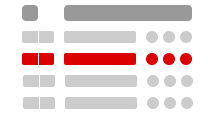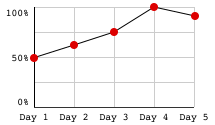There are two types of improper integrals:
1) Type 1
a) t →
b) t →
c)
2) Type 2
a) If is continuous on and discontinuous at , then:
t →
b) If is continuous on and discontinuous at , then:
t →
c) If has a discontinuity at , where , then:
If the limits exist and is finite, then it is convergent. Otherwise, it is divergent.






